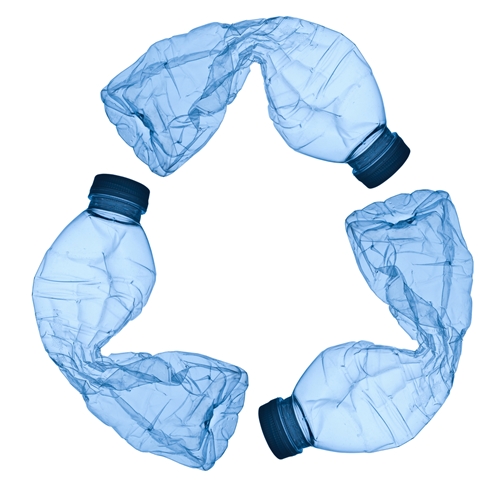
FAQs: Types Of Plastic
Many consumers worry about the ill health effects sometimes attributed to plastics. While this material certainly has its uses, many health professionals and environmentalists believe that our reliance upon it has become problematic. Not only does the production of plastic generate significant carbon emissions, the material itself is suspected to cause problems for peoples’ health. If you’re wondering what all the fuss is about, we’ve answered some of your frequently asked questions about the types of plastic, the potential health risks of plastic, which plastics are safe and other quandaries.
What are the different types of plastic and how do they differ?
This commonly asked question requires a lengthy answer. The various types of plastic – notated with the numbers 1 through 7 – are all slightly different compounds.
- No. 1 plastic is polyethylene terephthalate (often referred to as PET). It’s often used in plastic water bottles and is considered safe – though you shouldn’t reuse it, according to breastcancer.org. Investing in a stainless steel drink bottle might be a better option.
- No. 2 plastic – high-density polyethylene (HDPE) is generally found in bottles of detergent, juice, toiletry products and butter tubs.
- No. 3 plastic is known as polyvinyl chloride (PVC) and is found in food wraps, pipes and bottles of cooking oil. Breastcancer.org recommends avoiding cooking food in these products.
- No. 4 plastic is low-density polyethylene (LDPE) and is found in grocery bags and some bottles.
- No. 5 plastic is the designation for polypropylene (PP) – the plastic that makes up many medicine bottles, yoghurt packaging and condiment bottles.
- No. 6 plastic is found in disposable plates, cups and packaging products and is known as polystyrene (PS) or Styrofoam. It shouldn’t be used when cooking food.
- Finally, no. 7 plastic is an umbrella designation for all other types of plastic, including polymer polylactide (PLA), a plastic made from corn or sugar that is generally considered to be safe.
Which kinds of plastics can you recycle?
The type of plastics you can recycle is determined by your local community. In most areas of Australia, nos. 1-3 can be recycled. Some towns are increasing their ability to recycle types 4-7.
What is BPA?
When it comes to the health concerns associated with plastics, bisphenol A (BPA) is discussed most commonly. BPA is a synthetic form of oestrogen, which is a problem, because oestrogen imbalance is linked with the development of cancer. It’s best to purchase BPA-free water bottles and plastic goods whenever possible.


